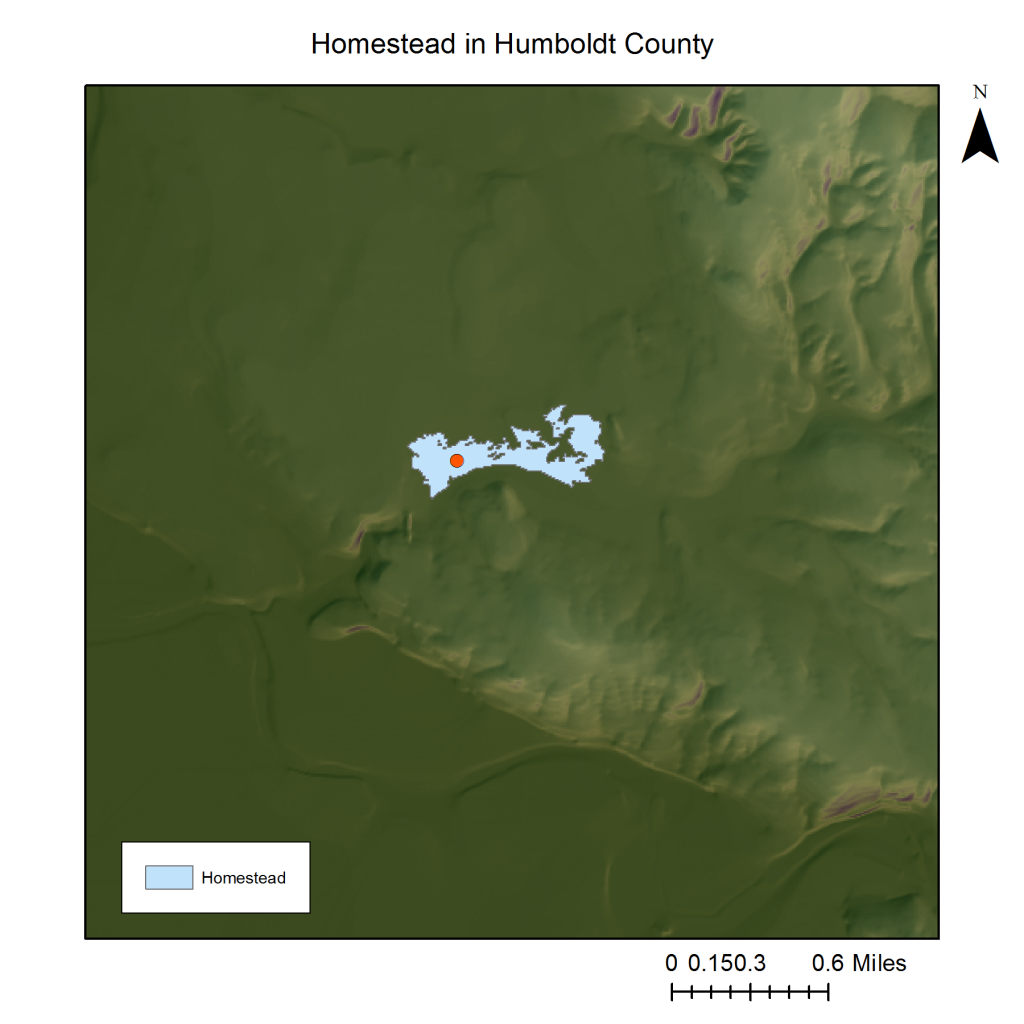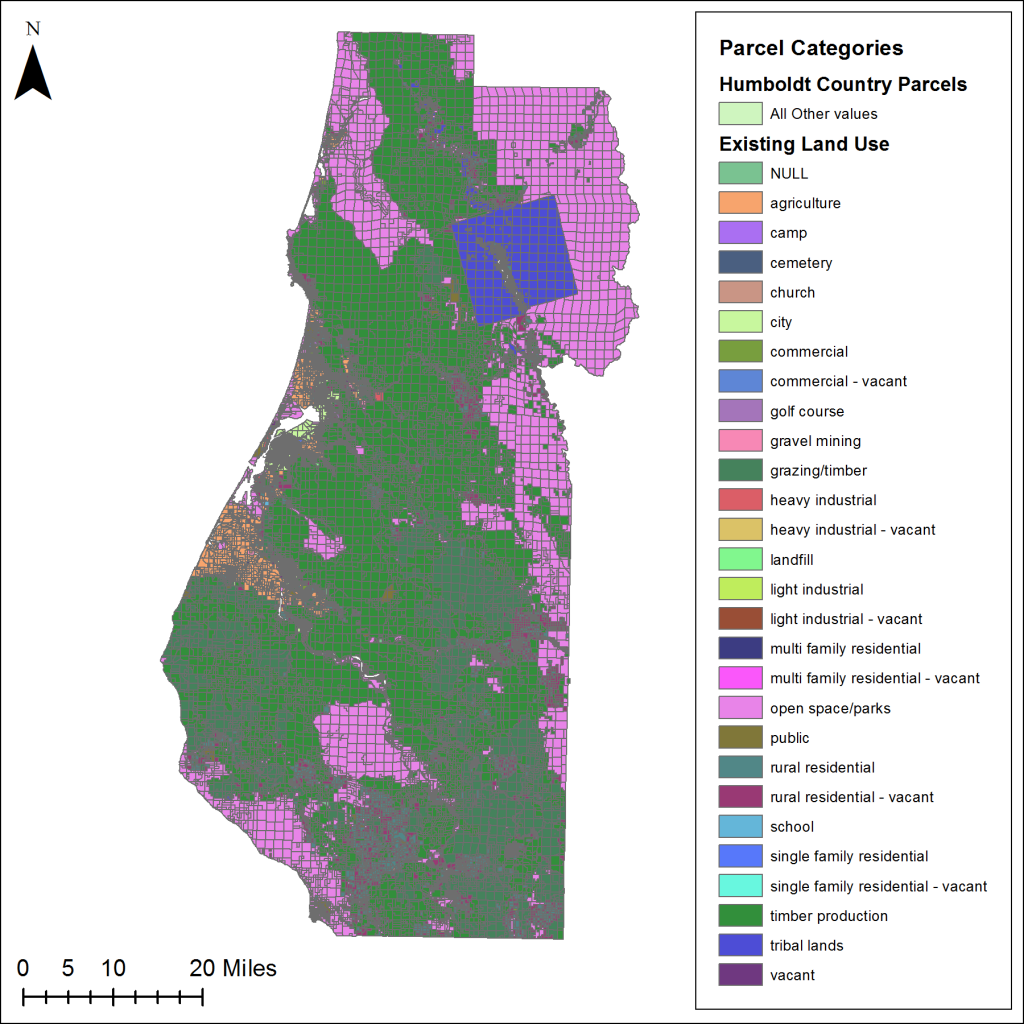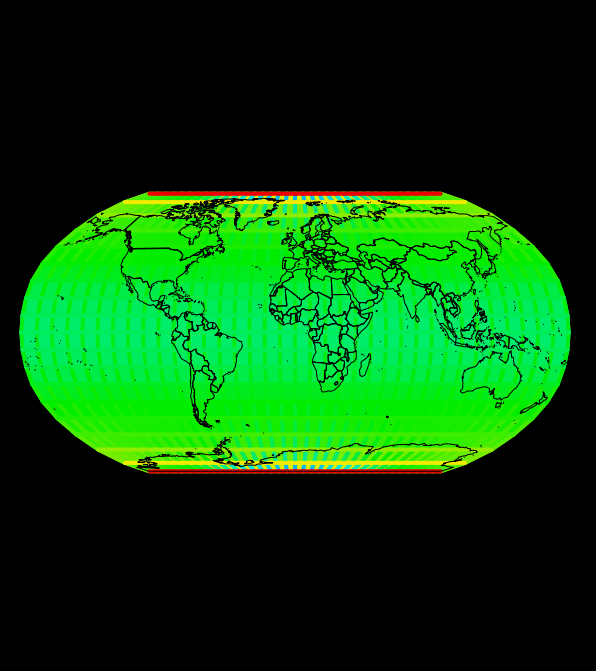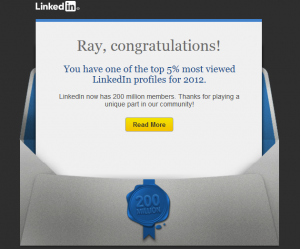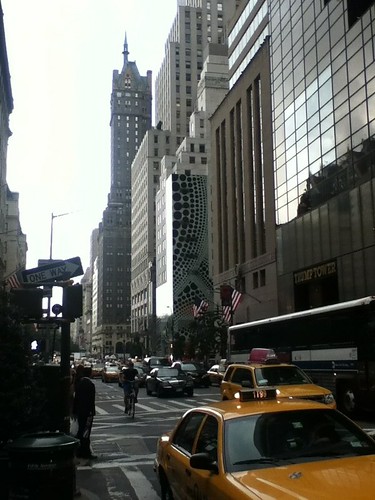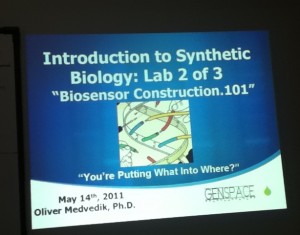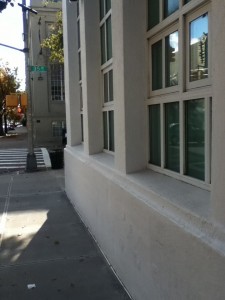
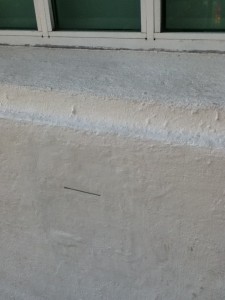
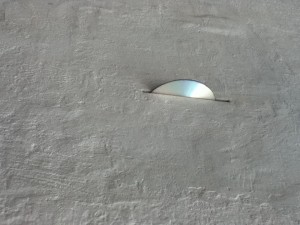
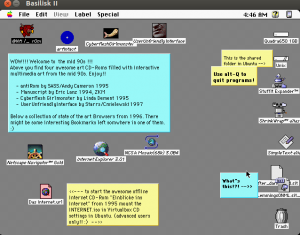
I found out about Insert Disc, a gem of an art show / project, at the Museum of the Moving Image, via Rhizome. You take a blank DVD-R (which I had to buy specifically for this venture out to Queens where MMI is located) and insert it into a slot carved in the exterior of the building, around the corner from the museum entrance.
After seven minutes or so, a DVD is spit out with a virtual machine running Mac OS 7.6. Also included are art CD-ROMs, Netscape Gold, IE 3.0, and other software artifacts from the 1990s.
These artificial barriers for distributing information recall a time when software was hard work to find, install, and use. The archaic software was brittle then, and even more so now. If you push the OS too hard, you end up with a system failure and have to reinstall the virtual machine.
Archiving software-based art work and other artifacts is an increasing difficult challenge, and a good reminder of the what the actual life span of digital media is. (Storing the data is the easy part. Having something to read and run it in 10, 20, or 50 years is the hard part.)

